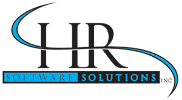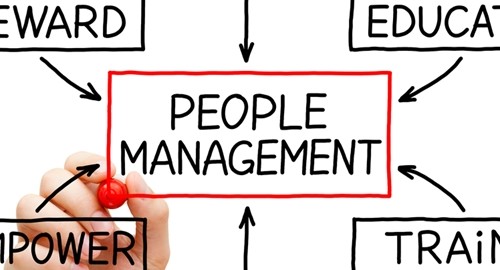As the complexity of human resource duties increases, so does the software that is used to manage those responsibilities. Human Resource Management Systems (HRMS) and Human Resource Information Systems (HRIS) are easy to confuse, but according to an article published by the Houston Chronicle, they perform different functions in aiding HR professionals to keep track of the ever-increasing data that comes across their desks.
“Think of management systems as handling the people side of human resources,” writes Johnston, the article’s author. Typically, HRM systems are used for tracking hiring needs, and are also capable of tracking employee performance data, as well as the progress that employees make in relation to their performance reviews. HRMS can also be used to distribute surveys for gauging employee satisfaction, among other important data.
On the flip side, HRI systems are usually concerned with keeping tabs on contact information and identity-related data. This is type of system used to store Social Security numbers, tax withholding elections, and enrollment in benefits like healthcare coverage, life insurance and retirement contributions—as well as how much those benefits are costing the company.
HRIS can also be used to track turnover rates, which is useful in determining potential weaknesses that HR professionals may be able to rectify or share with management, and also allows for staying current on how many people your organization employs.
HRMS and HRIS can exist separately, or can both be part of a shared system. “[If] these two modules exist in the same system,” Johnston writes, “you can make integrated decisions in one program.”
If you are shopping around for new software or are considering doing so, HR consulting solutions are available to help you determine what type(s) of system will streamline your human resource operations most efficiently.

